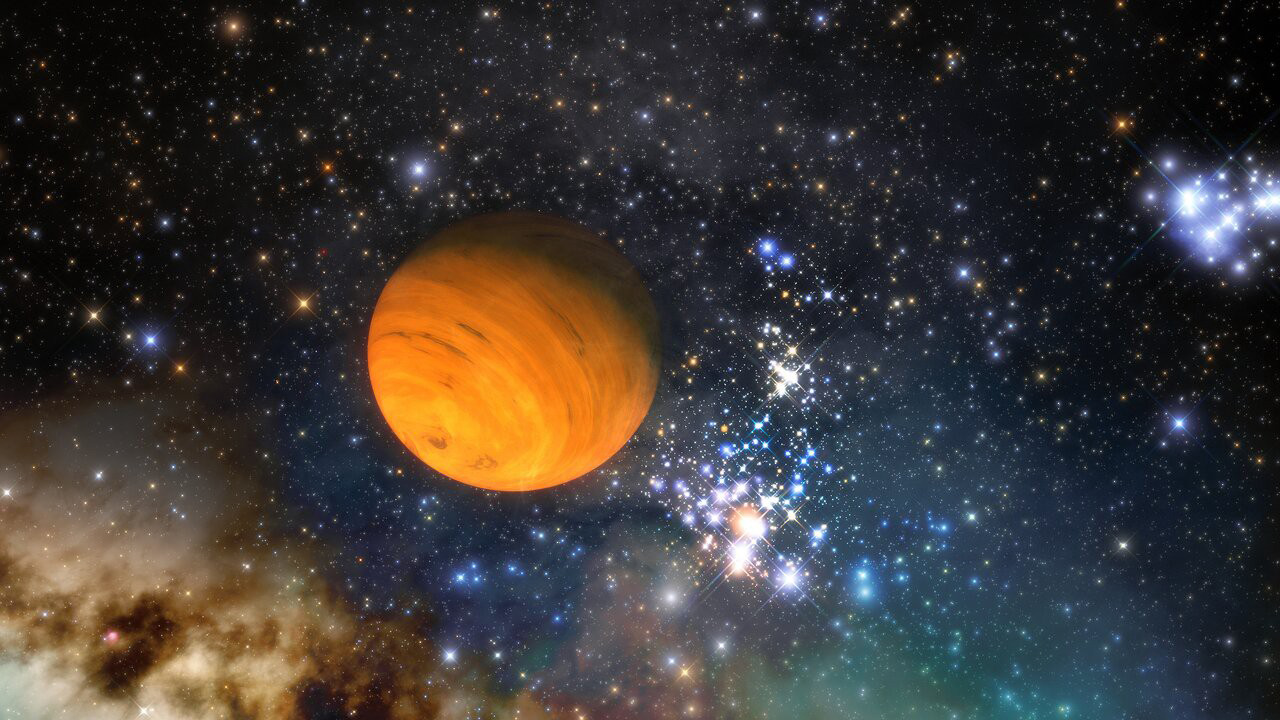Five planets may be viewed with the unaided eye in the northern hemisphere, while Uranus and Neptune can be seen via a telescope or pair of binoculars.
On Wednesday night, every planet in the solar system was visible in the night sky at the same time, which is considered a rare astronomical occurrence.
In the northern hemisphere, Venus, Mercury, Saturn, Jupiter, and Mars could all be seen with the unaided eye in that sequence, beginning from the south-western horizon and proceeding east.
Until the end of the year, binoculars or a telescope may be used to see Neptune, which is between Saturn and Jupiter, and Uranus, which is situated between Mars and Jupiter.
On Thursday at 2100 GMT, all eight planets were scheduled to arrive at conjunction, which is their closest point.
Each day until the end of the year, the planets may be seen low in the west; the best viewing is predicted to be around 30 minutes after sunset, with Venus departing about 40 minutes later.
Newsweek quoted Italian astronomer Gianluca Masi as saying: “These nights, we can see all the planets of our solar system at a glance, shortly after sunset. While it only sometimes occurs, it is always a breathtaking sight.
Due to its location in a bright area of the sky, Mercury is the planet that is the most challenging to see without a telescope. It may be seen, albeit, quite near the considerably brighter Venus.
The other planets are aligned eastward, with Jupiter high in the southern sky and shining brighter than any star.
By around midnight, Jupiter was not anticipated to be visible. Nevertheless, Mars, which will look red and brighter than most stars and rose in the east soon before sunset on Wednesday, was planned to be visible all night.
Every night after dusk until 2023, Saturn, the second-largest planet, will rise in the southwest. It will be golden in colour. On Wednesday, the moon was anticipated to be visible as a crescent between Jupiter and Saturn. It set at about 2000 GMT.
In June, the last time all the planets were visible at once in the sky.
Mercury, Venus, Mars, Jupiter, and Saturn, the five planets that can be seen with the unaided eye, were aligned in the sky in the same sequence as they orbit the sun physically, an occurrence that had not happened in 18 years.
The Quadrantids meteor shower, which is anticipated to peak around 3 January and is noted for its occasional spectacular fireballs and blue meteors that move at a speed of 40 kilometres per second, is another notable occurrence for astronomers.


